


Alaska journalist with 30 years of experience, specializing in environmental, energy and climate reporting. I grew up in the DC suburbs, but now have spent most of my life in Anchorage covering the big stories, like Arctic climate change and the Exxon Valdez oil spill, and little stories. Most of my experience was with Reuters. I previously worked for the Alaska Dispatch News, the product of a merged online Alaska Dispatch and print Anchorage Daily News. I enjoy skiing, running, biking and hiking in the outdoors. I was a 2021 Center for Health Journalism National Fellow.
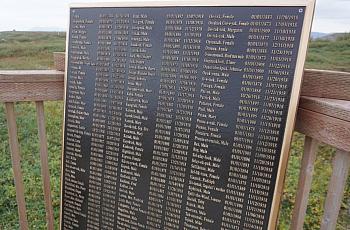
The 1918 influenza epidemic is still remembered keenly in parts of rural Alaska.
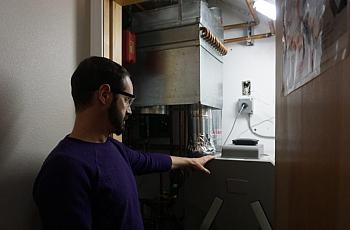
Home designs imported to the Arctic from elsewhere are contributing to health problems that disproportionately affect Alaska Natives.
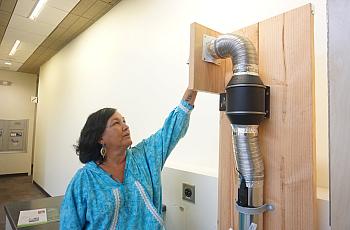
Faced with daunting gaps in water and sewer systems, some Alaska Native communities are thinking small.

Many residents of rural Alaska suffer higher rates of illnesses because they lack basic infrastructure.
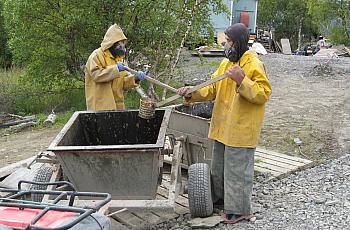
It includes $230 million for an EPA water grant program in Alaska, as well as money for climate resilience — some of which is designated for community relocation.

The bipartisan infrastructure bill that passed the U.S. Senate includes $3.5 billion for water and sanitation, some of which will go to rural Alaska villages.
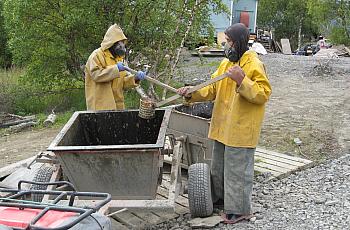
Researchers found, unsurprisingly, links between the absence of critical infrastructure and the spread of the virus.
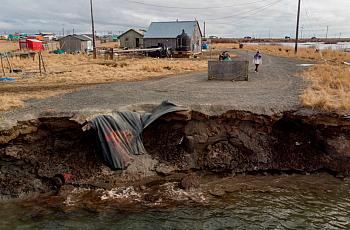
In rural Alaska, where the population is largely Indigenous, inadequate water and sanitation and overcrowded housing conditions have furthered the spread of COVID-19.